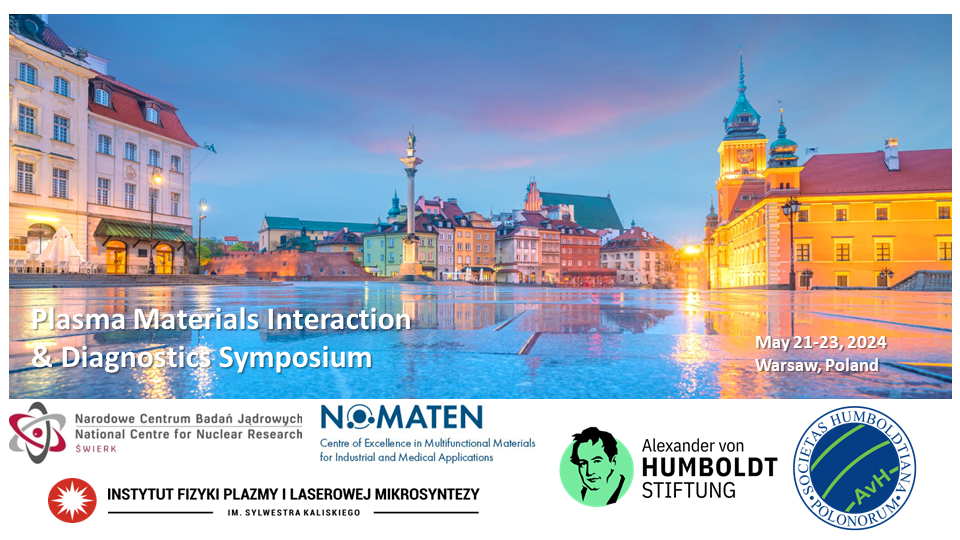Speaker
Description
In this research, we examine the mechanical properties of FeNiCr alloy, a commonly used stainless steel in nuclear industries, to improve our understanding of its crack propagation under sharp crack conditions. The significance of this investigation is evident in its relevance to nuclear applications [1], highlighting the necessity for a thorough comprehension of its performance. Our analysis commences with molecular dynamics (MD) simulations to explore the alloy's response to uniaxial tensile loading using ternary interatomic potential properties [2]. Subsequent investigations focus on the physical mechanisms that impact crack propagation, aiming to elucidate the complex processes involved. By utilizing the Traction-Separation law as a framework, we assess the elastic, plastic, and damage characteristics of the material during crack propagation, allowing us to approximate its mechanical response at the crack tip.
Furthermore, we employ finite element analysis using the extended finite element method (XFEM) in Abaqus software to assess the material behavior in polycrystalline conditions, thus expanding our investigation to a broader scale. Experimental Electron Backscatter Diffraction (EBSD) results are incorporated to estimate the polycrystalline region in 2D standard compact tension (CT) specimen conditions concerning Voronoi tessellation distribution [3], allowing us to consider real-world conditions in our analysis. Throughout our study, we aim to focus on the influence of grain structure and mechanical properties on crack growth modes, recognizing their significance in shaping material behavior. By integrating these analyses, our goal is to obtain a comprehensive understanding of crack growth behavior in FeNiCr alloy, thereby contributing to the advancement of material design and optimization strategies in nuclear applications especially in irradiated materials. Ultimately, our efforts seek to enhance the safety and reliability of nuclear infrastructure, aligning with broader goals of ensuring the sustainability and resilience of nuclear technologies.
ACKNOWLEDGEMENT: This work is supported by the National Science Centre, Poland through the Grant No. UMO-2020/38/E/ST8/00453
REFERENCES
[1] Nordlund, Kai, et al. "Primary radiation damage: A review of current understanding and models." Journal of Nuclear Materials 512 (2018): 450-479.
[2] Bonny, Giovanni, N. Castin, and D. Terentyev. "Interatomic potential for studying ageing under irradiation in stainless steels: the FeNiCr model alloy." Modelling and Simulation in Materials Science and Engineering 21.8 (2013): 085004.
[3] Xie, Guiqiu, et al. "Grain size dependence of cracking performance in polycrystalline NiTi alloys." Journal of Alloys and Compounds 884 (2021): 161132.

